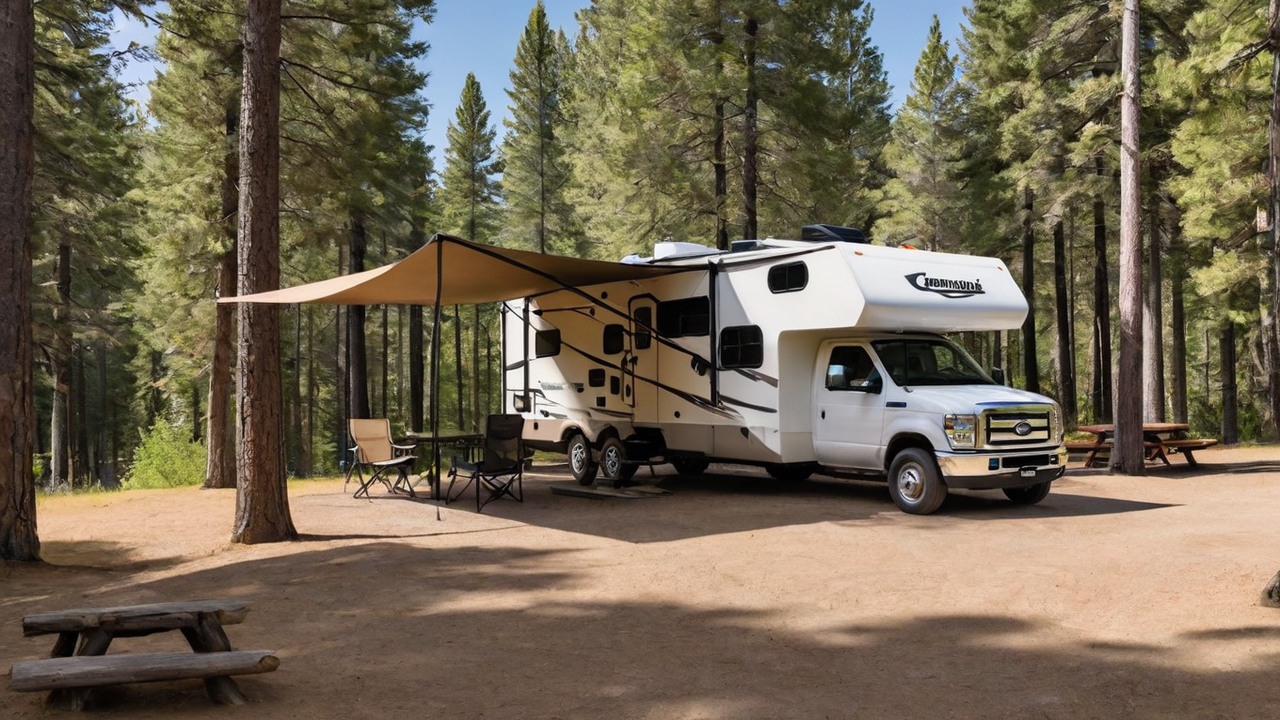
Comprehending Your Users
Knowing which your intended audience are essential in crafting an efficient user experience. It's crucial to consider your requirements, likes, and tech competence. This understanding directs every design choice, ensuring that your software becomes user-friendly and easy to use.
Understanding the audience likewise means recognizing their challenges and the way they plan to utilize the camping software. It enables the designers to tailor functions and functionalities that address specific requirements, making your software not only helpful but also essential.
Simplifying the Navigation System
Simplifying your navigation can be one critical aspect of user interface designing. A clear navigation structure makes sure users can quickly locate what they're looking for, cutting down frustration and improving satisfaction levels. It's about the user journey through the software as smooth and effortless as possible.
Additionally, effective navigation leads visitors through your application, showcasing functions and tools that they otherwise would overlook. Such an method not only improves user experience but also encourages deeper engagement with your campground software full array of features.
Incorporating Premium Graphics
Visuals have a crucial part in creating an attractive user interface. Visuals assist in breaking monotony and can also illustrate features in a more effectively than text alone. Choosing the correct graphics, icons, and colors can greatly enhance the look of your software, thus making it more visually pleasing to your users.
Furthermore, a consistent visual style is essential for building a strong brand identity and trustworthiness among your users. Every element must be in alignment with your brand's ethos and the overall message of the application, resulting in a seamless user experience that is both polished and welcoming.
Enhancing the Responsiveness
In the current digital world, users demand camping software to be responsive on every platforms, from desktops to smartphones. An responsive design ensures that regardless of what screen size, your software offers an uncompromised experience. This not only boosts usability but likewise caters to the audience's on-the-go lifestyle.
Additionally, enhancing the responsiveness could result in enhanced performance, decreasing the loading time and avoiding user frustration. Users appreciate a quick and smooth interaction when using campground software, which makes speed a vital aspect in user satisfaction.
Optimizing the Search Functionality
Searching for info quickly is key in any application, particularly in campground software systems. Enhancing the search functionality enables visitors to effortlessly discover exactly what they're looking for, which improves their satisfaction and productivity. Through smart search capabilities, you reduce user frustration and boost general satisfaction.
Furthermore, complex search options like filters and tags can assist in narrowing down search results, making it search process more effective. Introducing these features shows an understanding of the users' needs and a commitment to enhancing the user’s interaction with your campground system as seamless and effective as possible.
Focusing on Security
Security is a top priority when it comes to designing campground software. Users want to feel safe when inputting their private data. Guaranteeing tight security protocols not only secures their information but likewise builds a sense of trust between your customer and your company.
In addition to standard protections like strong passwords and data encryption, it's important to consider adding advanced security measures such as two-factor authentication or biometric verification. These features provide an extra layer of security, ensuring that customer information is held secure from unwanted access.
Utilizing User Feedback
Feedback is vital for ongoing improvement of the campground program. It enables the developers to see what is working, what doesn’t work, and how their application can be enhanced to better meet the user’s expectations. This feedback establishes an open dialogue between the users and the team, making them feel like they are actively a part of your product's journey.
Using this feedback into account can result in tangible improvements in user interface design and overall user experience. Making changes based on user input demonstrates that your company cares about its users and is committed to providing a high-quality experience.
Keeping the Simplicity
Among design, simplicity is key. A overly complex UI can confuse the users, leading in a poor UX. Keeping things simple, on the other hand, helps the software easier to understand and navigate. This encourages more engagement and satisfaction levels.
Additionally, maintaining simplicity should apply to your software’s content and features. Avoid unnecessary functions that do not contribute value can ensure that the UI remains sleek and focused on the essential requirements of the users. By, you can design a more streamlined insight and efficient user experience that resonates with the audience.